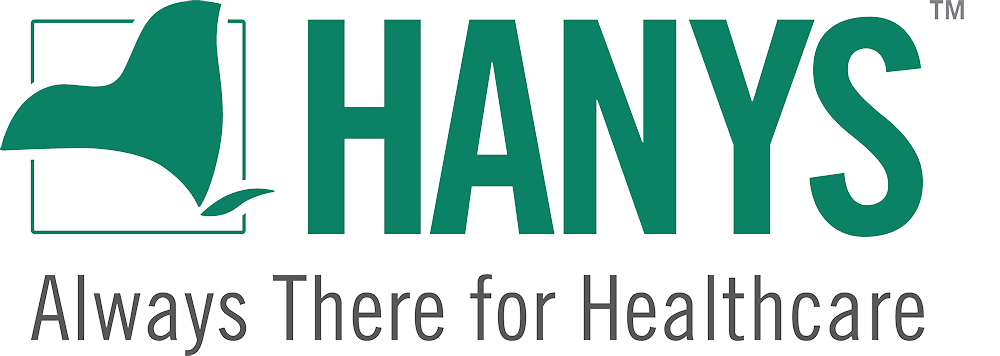HANYS Newsroom
Resources
News and Media
Maimonides LGBTQIA+ Mental Health Clinic provides supportive, comprehensive services
Maimonides Health's LGBTQIA+ Mental Health Clinic offers comprehensive care in a supportive, affirming environment.
Photos: HANYS' Annual Membership Conference
Thank you to all the members who joined us for a thought-provoking conference in Saratoga!
Senate Majority Leader Charles Schumer receives 2024 Distinguished Service Award
The Healthcare Association of New York State today presented Senate Majority Leader Charles Schumer (D-NY) with its 2024 Distinguished Service Award.
Samaritan Medical Center strengthens the emergency nurse workforce
Maimonides Health's LGBTQIA+ Mental Health Clinic offers comprehensive care in a supportive, affirming environment. See how partnerships with organizations like Rainbow Heights Club enhance outreach and ensure culturally competent care.
Statement from HANYS President Bea Grause, RN, JD, on the passage of A.9232-B/S.8485-B
Twice already, Gov. Hochul has recognized that proposed changes to New York’s “wrongful death” statute would be wrong for New York’s patients, underserved communities, healthcare providers and the state.



